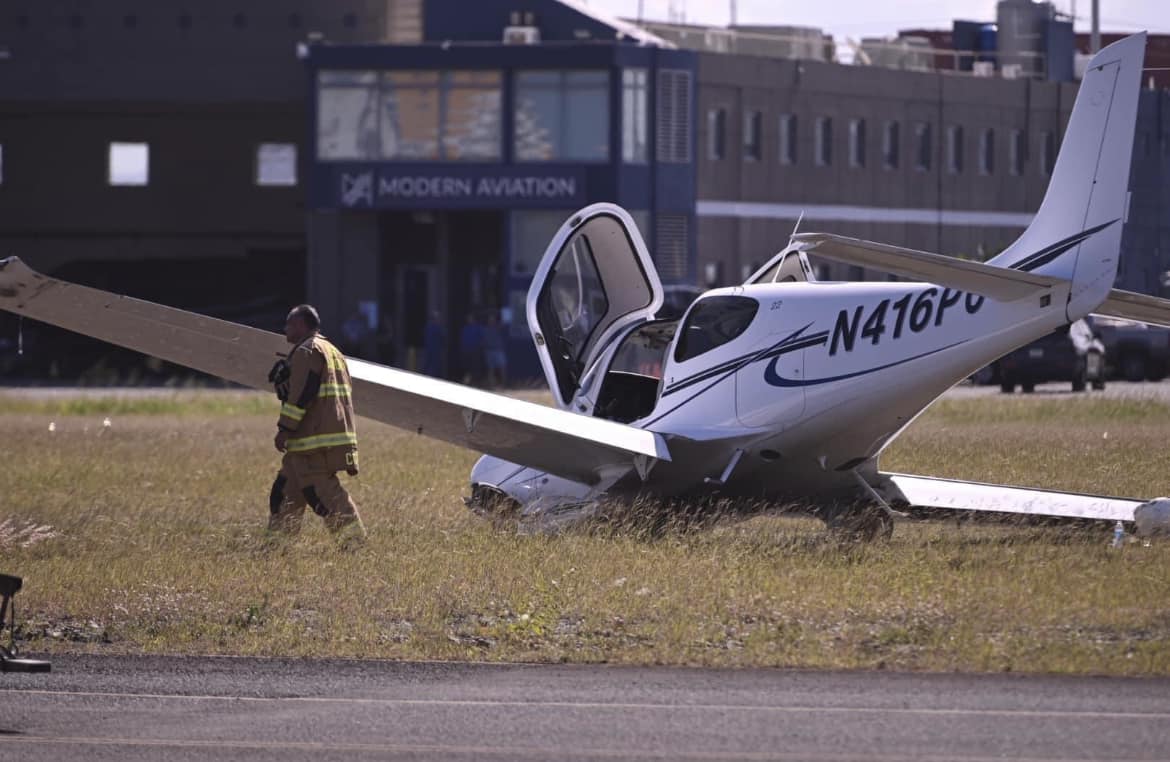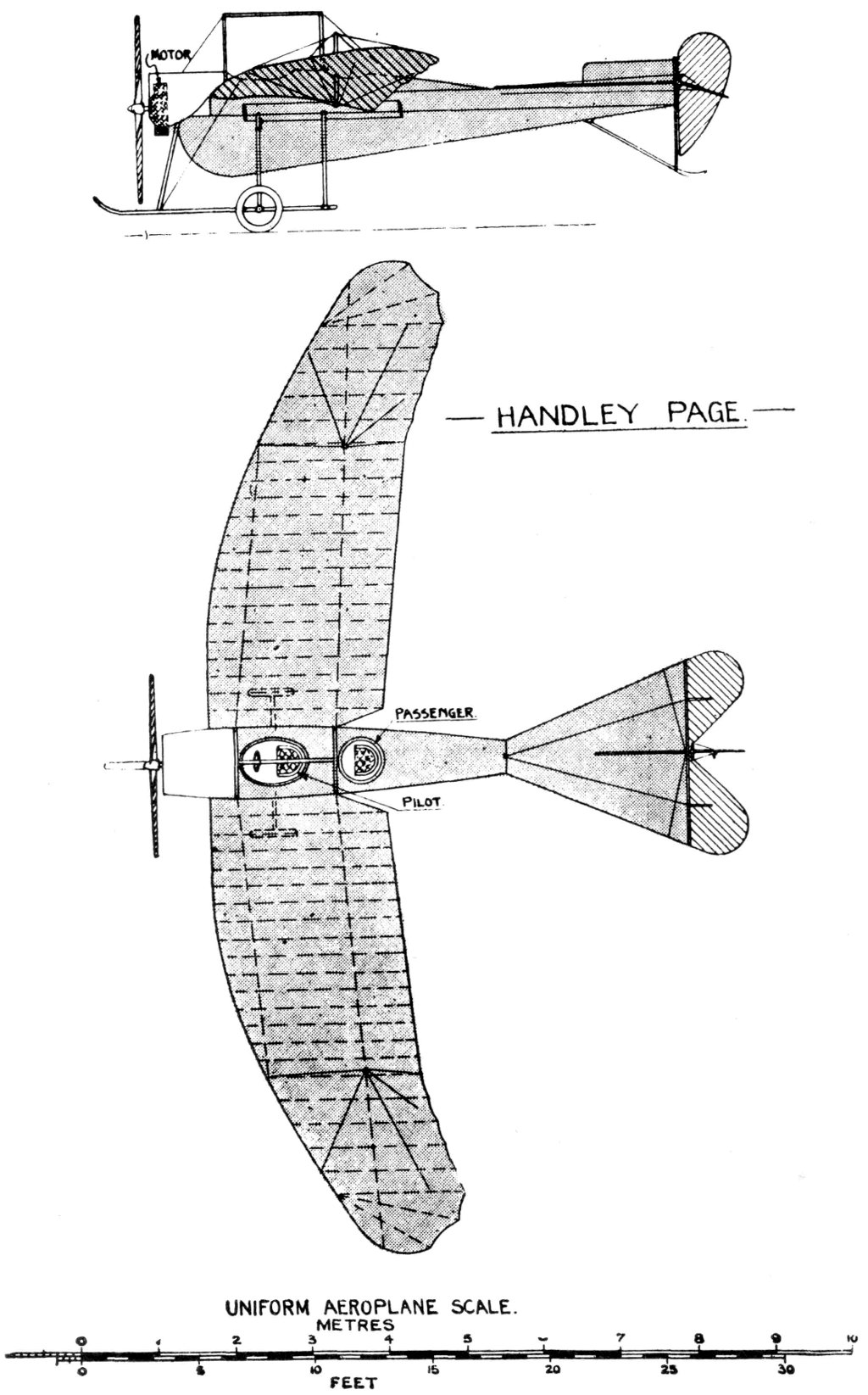Beech Aircraft Corp. V. Rainey - The Beechcraft T-34 Mtor is an American single-engine military trainer aircraft derived from the Beechcraft Model 35 Bonanza. Earlier versions of the T-34 from the late 1940s through the 1950s were piston-fed. Eventually the improved T-34C Turbo-Mtor, powered by a turboprop engine, followed. The T-34 has been in service for more than seven decades since its initial creation.
The T-34 is the brainchild of Walter Beech, who developed it as a Beechcraft Model 45 privateer when there was no defense budget for a new trainer model. Bech hoped to sell it as an economical alternative to the North American T-6/SNJ Texan in use by all services of the US military.
Beech Aircraft Corp. V. Rainey

Three initial design concepts were developed for the Model 45, including the Bonanza's signature V-tail, but the final design, which appeared in 1948, incorporated more conservative military-style tail control surfaces.
November 2013 By Agair Update
. The Bonanza's four-passenger cabin sail design was replaced by a narrower sail with a two-seat tandem cockpit and bubble canopy.
Became more prominent for the student pilot and flight instructor. Structurally more powerful than the Model 45 Bonanza, designed for +10g and -4.5g, the Continental E-185 engine with 185 horsepower (hp) in flight (less than one-third the power of the T-6s) seemed to fit the current Bonanza. .
Should be close to the production version. Production did not begin until 1953, when Beechcraft began exporting B45s to the United States Air Force (USAF) and similar aircraft. Production of the T-34B for the United States Navy (USN) began in 1955, with several modifications reflecting the different requirements of the two services. Instead of a nose-only rudder, the T-34B has a differential brake for ground control instead of an additional wing dihedral, and adjustable rudder pedals instead of the T-34A's movable seats to accommodate different pilot heights.
Production of the T-34A ended in 1956, with the T-34B being built until October 1957 and approved as the Canadian-built B45 version (125 produced by Canadian Motors and Works).
Eleventh Circuit Upholds Trial Court's Admission Of Both Expert Testimony About Alternative Saw Design And Osha Reports
In 1955, Beechcraft, as a private enterprise, produced an aircraft engine in hopes of winning a contract from the US Army.
The Model 73 Jet Motor shared many components with the piston-powered aircraft; the main visual differences are the air ducts moved further forward in the sails and the jet engine at the wing roots, fed by a single 920 lbf (4.1 kN) Continental J69 jet engine with a rear sail.
The first flight of the Model 73, registration N134B, was on December 18, 1955. The Model 73 was evaluated by the USAF, which ordered the Cessna T-37, and the USN, which decided on the Temco TT Pinto. After initial testing at the Naval Air Test Center at NAS Patuxt River, Maryland, the Navy tested the TT Pinto in 1959 as an aircraft trainer for initial flight training, but retired the aircraft in December 1960. Returning to the piston-powered T-34B Mtor and North American T-28 Trojans for basic flight training requirements are all examples. The Beechcraft Model 73 was discontinued

The T-34C Turbo-Mtor differs from the B (piston) model by having a longer nose and exhaust stacks behind the engine to accommodate the turboprop engine.
Federal Rule Of Evidence 702: A Useful Rule (when It's Followed)
After a production hiatus of nearly 15 years, the T-34C Turbo-Mtor was powered by the Pratt & Whitney Canada PT6A-25 turboprop engine developed in 1973.
The original T-34 modified Bonanza/Debonair style wing was replaced with a larger Beech Baron wing type and the original Bonanza/Debonair style was replaced with larger Beech Duke landing gear.
After relaunching with the PT6, the two aircraft were relaunched as the YT-34C, which flew for the first time on 21 September 1973 with turboprop power.
Mtor production resumed in 1975 to deliver T-34Cs to the USN and in 1977 to delivery of the T-34C-1 armored variant for export customers, with four production runs of this version.
The Unscientific Nature Of Modern Forensic Sciences
Since the late 1970s, the T-34C has been used by the Naval Air Training Service to train a variety of naval aviators and naval aviation personnel for the US Navy, US Marine Corps, US Coast Guard, and several NATO and allied nations. . . The T-34C, which served for more than 35 years, was completely replaced by the T-6 Texan II.
The first flight of the Model 45 was made on December 2, 1948 by Beechcraft test pilot Vern Karst.
There was a long competition to identify a new trainer, and in 1953 the Air Force entered service with the Model 45 as the T-34A Mtor, while the USN entered service with the T-34B in May 1955.

After extensive testing, the USAF ordered the Mtora into production in early 1953 as the T-34A. The first production T-34A was delivered to Edwards Air Force Base, California in October 1953 for evaluation, and delivery to the Air Training Command (ATC) began in 1954. The T-34A replaced the existing North American AT-6 Texan trainers in the southern United States and began service as the first "contract" flight trainer at air bases in the southern United States. After training in the T-34A, USAF student pilots will transfer to the North American T-28A Trojan for intermediate training.
Evidence Rule803 Chart Pdf
The T-34A Mtor remained the standard USAF primary trainer until the Cessna T-37 Tweet aircraft trainer was introduced in the late 1950s, replacing the T-34A and T-28A. It also coincided with the implementation of the Undergraduate Flight Training (UPT) curriculum at various US Air Force bases in accordance with ATC requirements and the closing and closure of a series of contract test air bases. In their place, the T-37s and many T-34As remained with USAF flying clubs at US Air Force bases and USAF air bases overseas. In total, the USAF purchased 450 T-34As.
When the US Air Force replaced the last of its T-34As in the early 1960s, their role was taken over by UPT-powered T-41 Mescalero and T-37 Tweet primary jet trainers, the T-34As were not distributed. Transferred to USAF Auxiliary, Civil Air Patrol, for use as reconnaissance aircraft designated to USAF air clubs or for foreign military sales or transfers. However, the T-34A's low wing limited its usefulness in the aerial search and rescue role, and maintenance problems, particularly extensive wing overhauls in the late 1990s, led to the retirement of the last of the former USAF T-34As. . CAP- service until 2003.
The U.S. Navy operated the T-34B at the former Naval Air Station Saufley Field in Florida until the mid-1970s as an initial trainer for the Naval Air Training Command and until the early 1990s as a Naval Recruiting Command aircraft. worked as examples were withdrawn as an economic step. Others continue to remain under the United States. Oversight of Marines as part of flying clubs at Naval Air Stations and Naval Air Stations.
Beginning in 1975, the turbine-powered T-34C Turbomtor was introduced as a new primary flight trainer for the Navy's Studt Naval Aviators, replacing the North American T-28 Troyan at NAS Whiting Field, Florida, and NAS Corpus Air Wings. Christie, Texas. In the mid-1980s, Studt became the chief trainer for Naval Flight Officers at NAS Psacola, Florida.
Admissibility Of Police Officer Opinions In A Crash Report
The T-34C is no longer used as the primary training aircraft for the US. Navy, US Navy and US. Coast Guard naval aviators and pilots from various NATO/Allied/Coalition studios are trained within the United States. Director of the Navy. It was replaced by the T-6 Texan II. Training Air Wing Four TWTY-EIGHT of NAS Corpus Christi's T-34C retired directly and joined Training Air Wing SIX at NAS Psacola, according to the T-34C Naval Aviation Training (CNATRA) PAO chief. Air Wing FIVE and TWTY-SEV Four training squadrons at NAS Corpus Christi transitioned to T-6A and T-6B models.
Several other T-34Cs are in service with the Naval Air Test Center at NAS Patuxt River, Maryland, and with F/A-18 Fleet Replacement Squadrons (FRS) and Strike Fighter Weapons and Tactics Schools. Virginia; NAS Lemoore, Calif.; and MCAS Miramar, Calif.; and the Naval Air Warfare Center (NSAWC) at NAS Fallon, Nevada.
The U.S. Army has acquired six U.S. Navy T-34s, which are used as test platforms and fighters at Edwards Air Force Base in California and North Carolina.

NASA's Armstrong Flight Research Center (formerly the Dryad Flight Research Center) in Edwards, California operated two T-34C aircraft. The first aircraft was previously flown at the Gln Research Center in Cleveland, Ohio, where it was used for propulsion tests of turboprop engines. In 1996, the aircraft was rebranded as the Dryad fighter. It was an airplane
Beech Aircraft Corp. V. Rainey
Wesco aircraft hardware corp, beech aircraft parts, beech aircraft models, mid continent aircraft corp, piasecki aircraft corp, sikorsky aircraft corp, beech aircraft corp, beech aircraft for sale, beech aircraft, beech bonanza v tail, twin beech aircraft, piper aircraft v reyno

0 Comments